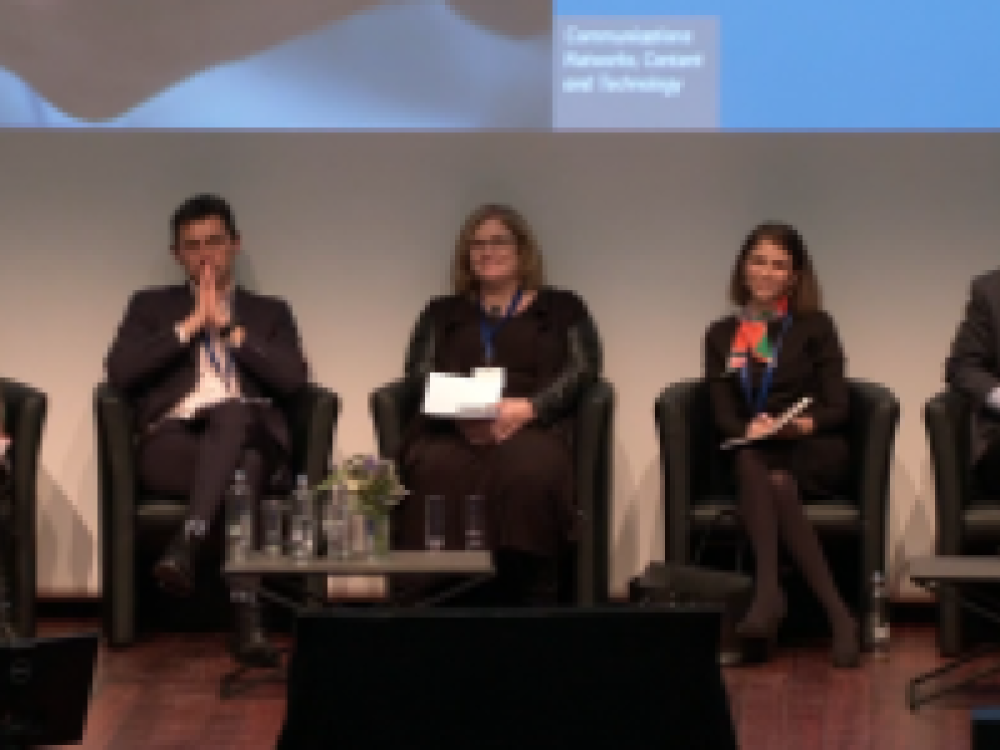Terrorism and journalism have a symbiotic relationship. Terrorists execute spectacles of violence and chaos to attract attention while journalists provide wall-to-wall coverage of this violence to capture audience interest. Responsible coverage of terrorism needs to offset a duty to report the news against the terrorists’ ability to exploit the news.
Terrorists target certain locations and victims for their newsworthiness. In this, they are aided by the highly competitive nature of an always-on media system. Rolling 24 hour news and social media create a rush to provide the most up-to-date information. In this haste, fact-checking and restraint lose out to sensationalism. The economic pressures experienced by most news organisations also encourage sensationalism. With declining revenues and fragmented audiences, there has never been a greater financial incentive behind the editorial maxim “if it bleeds, it leads”.
The failures are evident in the standard cycle of terror attack coverage. During attacks and in the immediate aftermath, repetition and confusion reigns in the form of “live” coverage. With little concrete information to report, eyewitness accounts of chaos play on loop while trolls and hoaxers stir further confusion on social media. Shortly after the Manchester Arena bombing, the Daily Express and Daily Star falsely reported that a gunman was outside the Royal Oldham Hospital while the MailOnline carried fake images of missing teenagers. The rush to break news can even undermine security. When the Charlie Hedbo gunmen attacked a printing office and supermarket, several French media outlets revealed where the hostages were hiding.
In the days following an attack, extensive coverage of both the victims and the timeline of events gives way to profiles of the perpetrators and analysis of the motives. This obsessive profiling of the perpetrators glorifies the attackers, giving them the attention they craved. In 2016, some French news organisations vowed to stop publishing the names and photographs of perpetrators to deny them “posthumous glorification”. News outlets in general have declined to follow this editorial stance.
Of course, not all media coverage is irresponsible. Yet, taken as a whole, media coverage of terror attacks serves the terrorists by fueling fear and amplifying social division.
Fueling Fear: Generating widespread fear that disrupts the ordinary functioning of society is the raison d'etre of terrorism. With horrific terror attacks across Europe in the past two years, there has been extensive coverage of the threat posed by ISIS and Islamists inspired by ISIS. Yet, the odds of experiencing a terror attack in Western Europe remain extremely low. Moreover, terrorism in Europe was deadlier across the 1970s and 1980s.
The perception and the reality are completely out of sync because we tend to prioritize recent and dramatic events. By failing to provide context, the news media have a major responsibility for this distorted public perception. In the immediate aftermath of an attack, the public may not want to hear context about the historical and global patterns of terrorism, but this is precisely the message people need to hear. Putting terrorism in Western Europe in context does not diminish the victims of terrorism; it diminishes the power of the terrorists to spread fear.
Amplifying Social Division: Revulsion and anger are natural responses to the mass murder of civilians. It is also natural for the news media to give voice to these reactions. Without restraint and caution, however, there is a real risk of aggravating social division and hate. Arguably, this is the primary risk of terrorism in Western Europe; it is not acts of the acts of terrorism per se but the social division those acts can engender. Restraint by the news media is particularly important as racists and internet trolls capitalise upon tense and emotional situations to further their own agendas.
While the media do provide informed evidence-based opinion from security experts and civil society representatives, they also give a platform to the ill-informed and obvious bigots. Daily Mail columnist Katie Hopkins, whose career is premised on racist ranting, endorsed "a final solution" to Islamist terrorism while the The Telegraph’s columnist Allison Pearson called for the the “internment of thousands of terror suspects”; obviously ignorant of the consequences of internment in Northern Ireland. Undoubtedly, Hopkins and Pearson are not alone in their views, but they do gain their platform via the mainstream media and their views are not in any way helpful for defeating terrorism.
Responsible media coverage will not end terrorism, but it will weaken the power of terrorists and terrorism. It will do so by depriving terrorists of the attention they desire and by refusing to let fear and social division change the way we live and undermine the principles of an open society.
Subscribe to FuJo's newsletter





